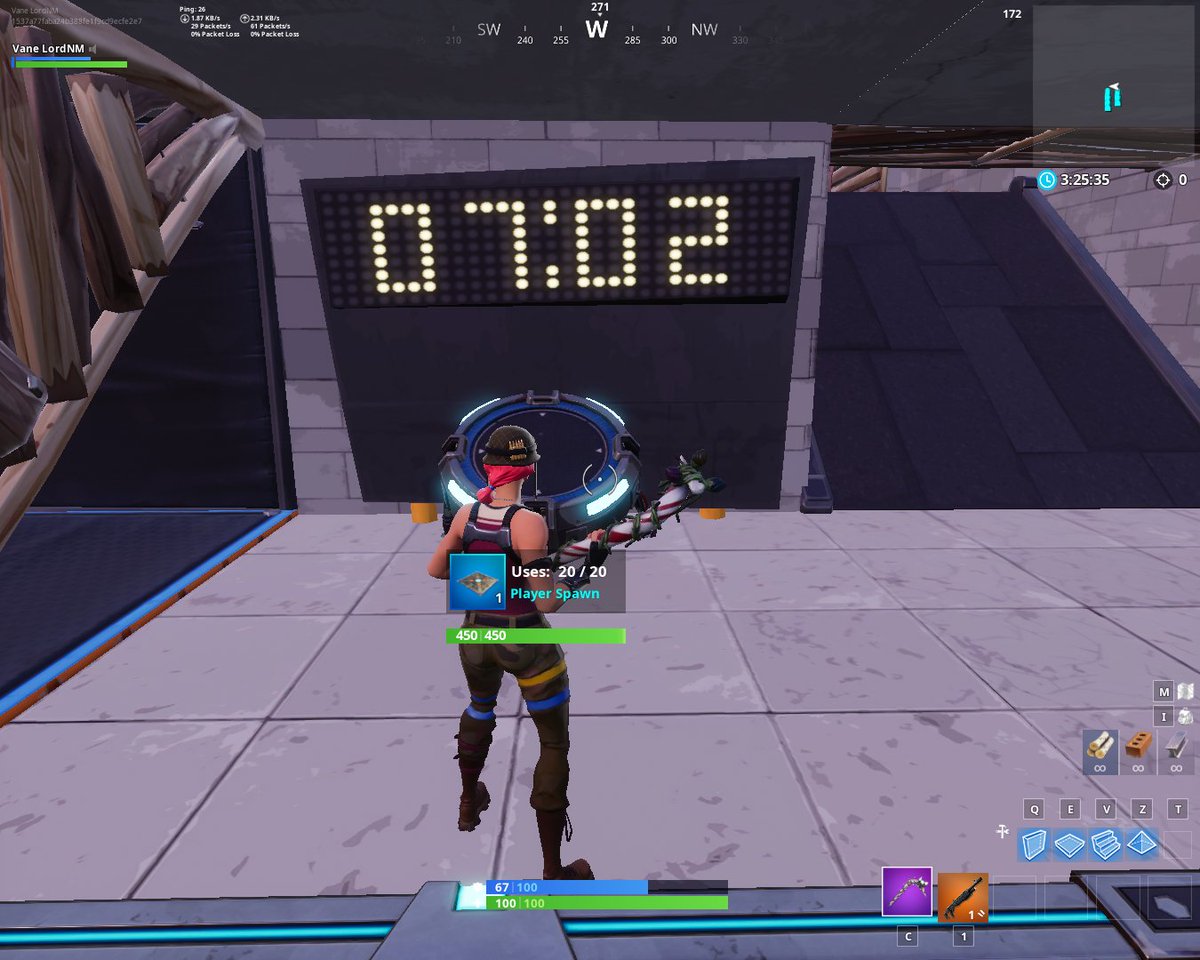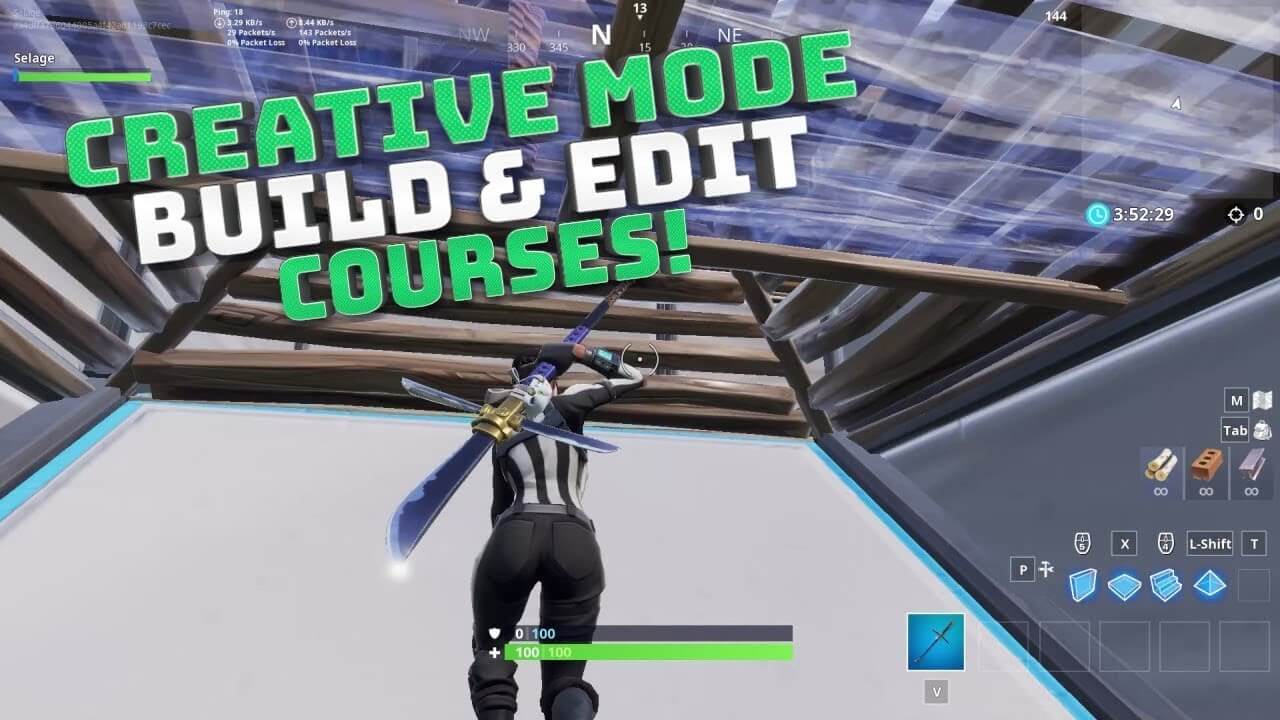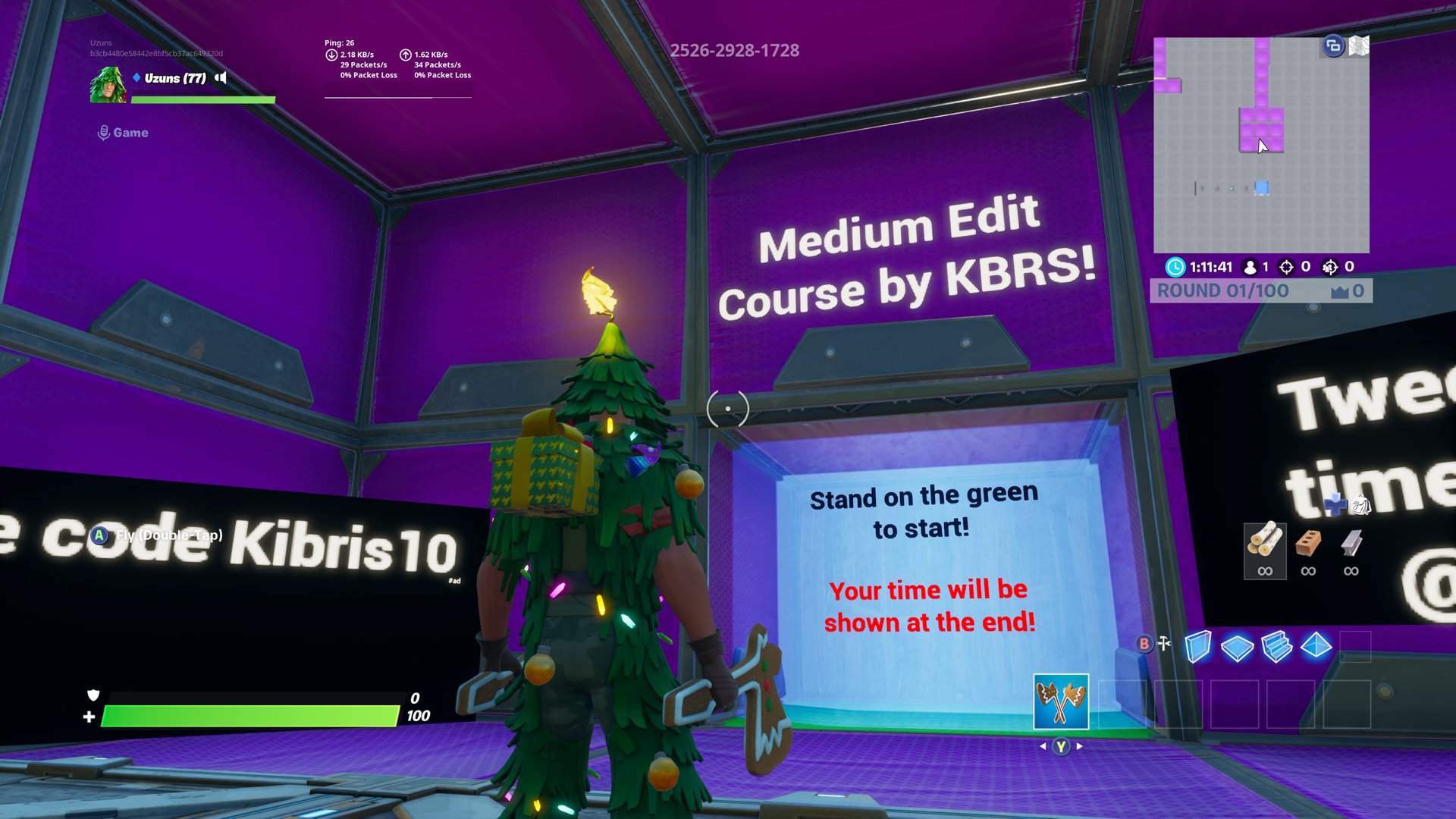

The available heading levels in the Text component editor begin with There is no way to switch between the Visual Editor and the Raw HTML editor If you add a Text component and select Raw HTML, when you selectĮdit the raw HTML editor opens by default.

Your content, you must use the raw HTML editor. If you need to include custom formatting or scripts in If you prefer to mark up your content directly with HTML markup, you can use If you add a Text component and select Text, when you select Edit HTML editor, nor does it support custom formatting or scripts. HTML option does not provide the detailed control you can get with the raw HTML markup and make small formatting changes to your content.

The visual editor includes an HTML option for you to review the Visual editor, you can more easily format your content, and add links and Processing-like interface, without using HTML markup directly.

With the visual editor you create, edit, and format content in a word You can use two different editing interfaces to work with a Text component. Review Developing Your Course and Use Best Practices for HTML Markup before you start working with Text components. With your Text components in a “visual” or WYSIWYG editor that hides the HTMLĬode details, or in a “raw” editor that requires you to mark up your content. Text components to add and format text, links, images, and more. Text components are the basic building blocks of your course content. That is formatted and presented by their browsers. When students see text and images in your course, they are seeing HTML code Web browsers present HTML code in a more readable format. HTML, or HyperText Markup Language, is the standard markup language used toĬreate web pages. This section describes how to work with Text components in Studio.


 0 kommentar(er)
0 kommentar(er)
